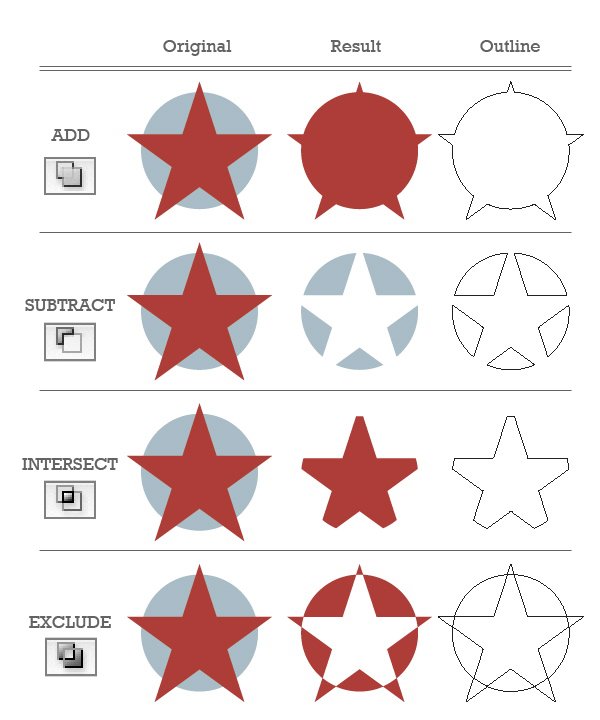

When you select multiple objects, you can align to that selection with this option.Īlign to Key Object – When you want to align objects to one specific object without it moving, you can set it as the key object. If you’d like to align objects to that artboard, make sure you select this option.Īlign to Selection – In most cases, you are trying to align objects to each other. In the bottom-right, you’ll see three icons that represent the artboard, selection, and key object.Īlign to Artboard – Within your entire canvas, or work area, you will have at least one artboard. To adjust these, make sure you’ve checked “Show Options” in the hamburger menu. There are three options: align to selection, align to key object, and align to artboard.

Adobe illustrator tools guideline how to#
How to Align To Selection, Key Object, and Artboardīefore aligning objects in Illustrator, you need to understand how your objects are going to align. When turned off, the alignment tools will use the bounding box of your editable text instead (this is usually better for Area Type and worse for Point Type). Turning either option on will align objects to the true visible edge of your editable text.

Area type is a text box that wraps when it reaches its edge. Point Type is text added at a specific point on your document, and it does not wrap or have a text box. The two options here are Point Type and Area Type. If you turn “Use Preview Bounds” on, then the bounding box will expand to the outer edge of the entire shape, covering things like an outside stroke for example.Īlign to Glyph Bounds – This option is similar to “Use Preview Bounds”, but for different types of text. With “Use Preview Bounds” turned off, the Align panel will use the bounding box directly tied to the object’s path. An example would be a stroke aligned to the outside of a shape. Sometimes, you can have elements of a shape or object that extend beyond the shape’s path.

These bounding boxes are used to align objects together. Use Preview Bounds – Objects in Illustrator have bounding boxes.
Adobe illustrator tools guideline full#
Never mind, here you can see rather simple way(s) you can use in your double square case:Ī) Presuming you wish to keep the angle between the two squares so they rotate together:Ī1) Group the two squares, then with the Selection Tool ClickDrag the Group by one of the leftmost corner Anchor Points to snap to the line/guide Ī2) Switch to the Rotation Tool, then Click the Anchor Point snapped in A1) to set it as the rotation centre, then ClickDrag the other leftmost corner Anchor Point to snap to the line/guide.ī) Presuming you wish to keep the two squares together and also keep the current angle/orientation of one of the squares and only rotate the other one:ī1) Select the two squares, then ClickDrag the selection by the leftmost corner Anchor Point of the square leave unrotated to snap to the line/guide ī2) Select the square to rotate, then switch to the Rotation Tool, then Click the coinciding Anchor Point where the squares meet to set it as the rotation centre, then ClickDrag the other leftmost corner Anchor Point to snap to the line/guide.Ĭ) Presuming you just wish to keep the two squares together and only rotate one of them if needed, you can just do the same as in B) starting with either square and rotating the other one if needed:ĭ) If you wish something else, such as subsequently moving/rotating either/both while keeping both squares together and snapped/aligned to the line/guide, or whatever else you may think of, please state what.Show/Hide Options – The show and hide options toggle will allow you to see the full Align panel that includes distributing by specific units and the “Align To” options.


 0 kommentar(er)
0 kommentar(er)
